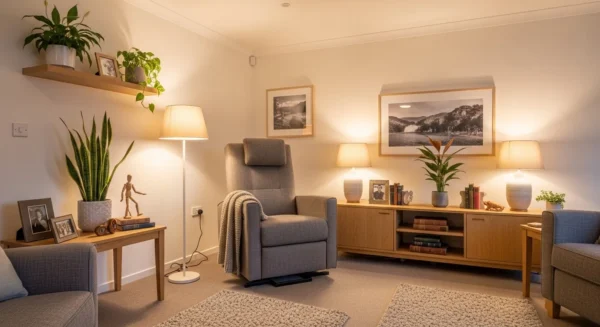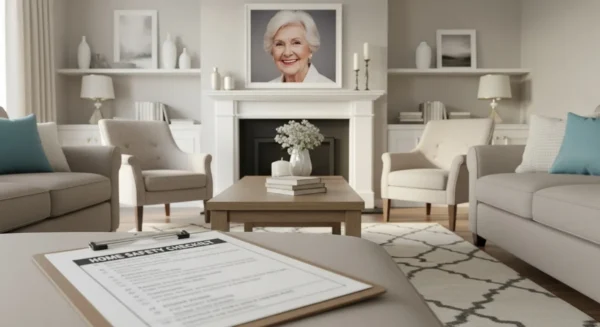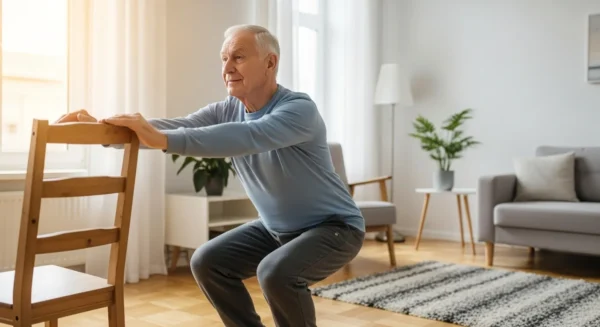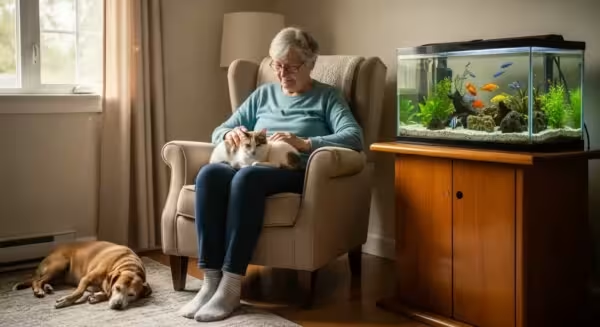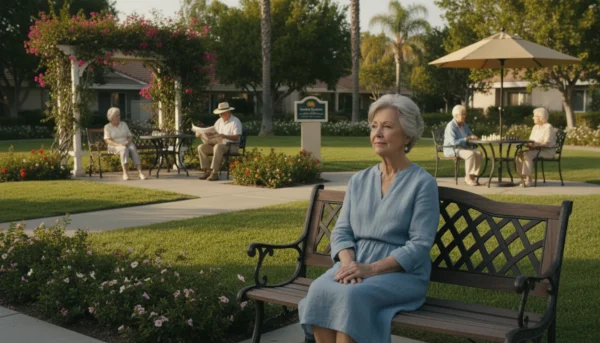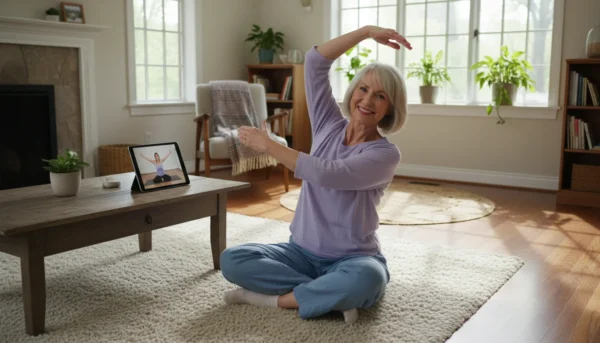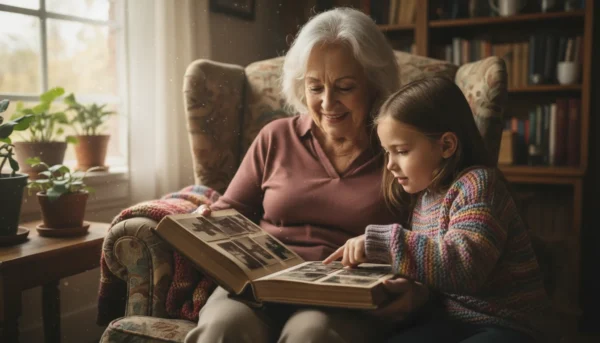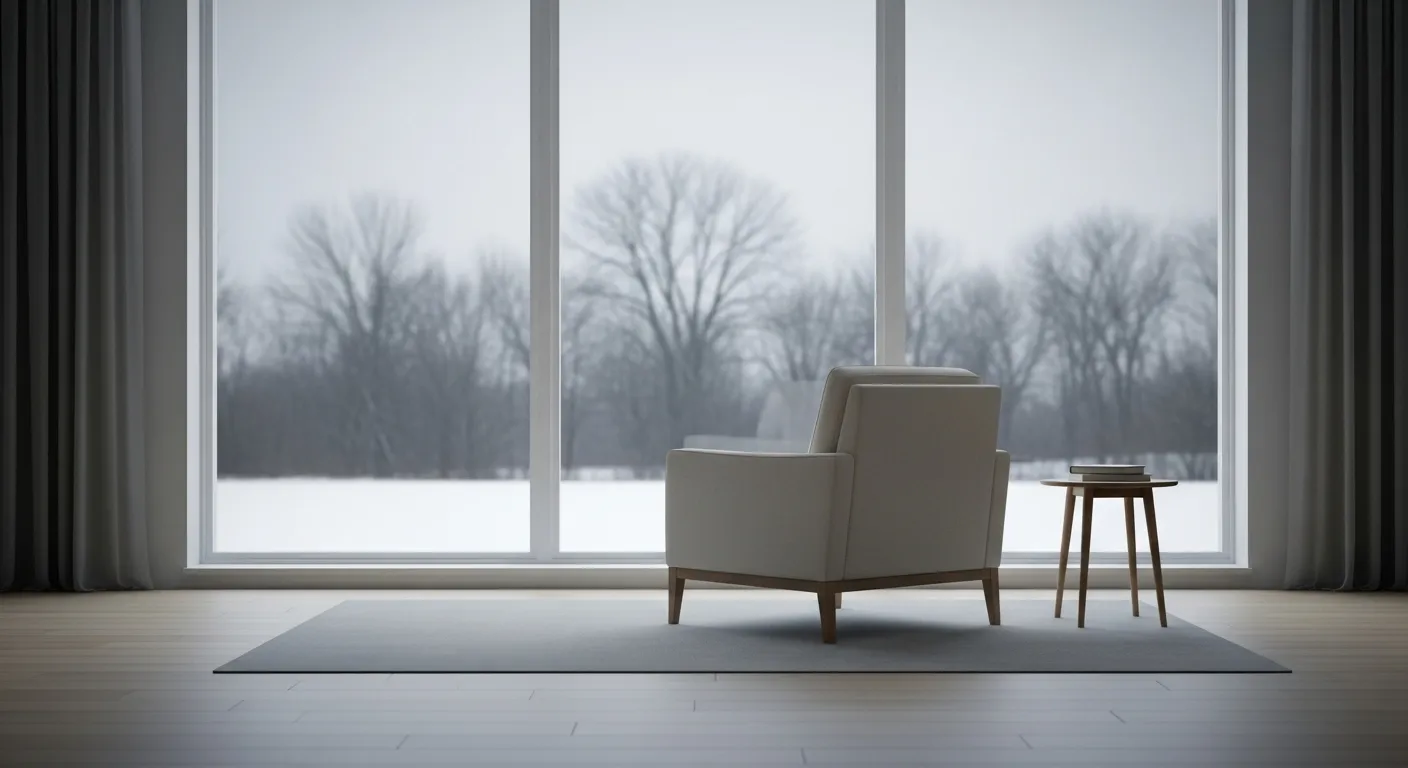
Let me paint you a picture. It’s a Tuesday morning in late November. The sky is the color of a dirty dishrag, and a fierce wind is rattling the storm windows. The weatherman on the television is talking about wind chill and a “wintry mix,” and all I can think is, “Here we go again.” For years, that feeling—a heavy, sinking dread—was my official welcome to winter. From the first frost until the last stubborn patch of snow melted in April, my world would shrink to the size of my favorite armchair.
I’m sure you know the feeling. The days get shorter, the air gets a bite to it, and the thought of stepping outside onto a potentially icy sidewalk feels like a risk you’d rather not take. My name is Arthur, I’m 78 years young, and for a long time, I let the weather dictate my well-being. My lively summer walks around the neighborhood and my puttering in the garden would come to a dead stop. I’d tell myself I was just being sensible, avoiding a fall. But the truth was, I was hibernating. And that hibernation was costing me dearly. My energy would plummet, my joints would ache with a vengeance, and a low-grade melancholy would settle over me like a dusty blanket. My home, my sanctuary, started to feel more like a comfortable cage.

The Tyranny of the Thermometer
My wife, Eleanor, bless her heart, passed a few years back. She was always the one who would coax me out, bundling me up for a quick trip to the store or insisting we at least walk to the mailbox together. Without her, it became far too easy to give in to inertia. The television became my constant companion, the refrigerator my closest friend. I’d watch the squirrels scamper across the frozen lawn and feel a pang of envy for their boundless energy.
Each winter felt like a slow retreat. My muscles would grow soft, my balance a little less certain. Getting up from my chair would sometimes involve a groan and a strategic push-off. The stairs to the basement, where my old woodworking tools lay gathering dust, started to look like Mount Everest. I wasn’t just losing physical strength; I was losing a part of myself. The capable, independent man I’d always been was fading, replaced by someone who was afraid of the cold, afraid of falling, and frankly, afraid of the future. I had accepted this as an inevitable part of aging, a seasonal tax I had to pay for living in the Midwest.
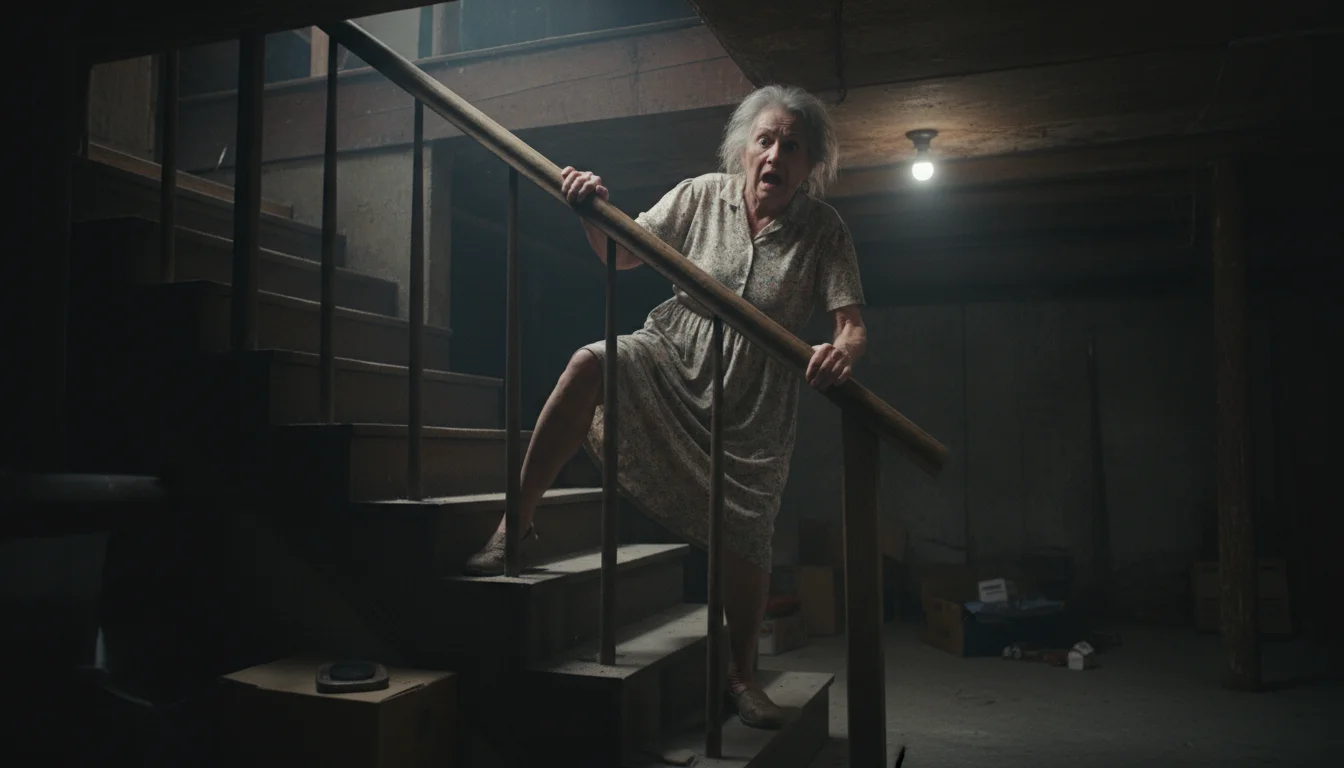
A Frightening Wake-Up Call
The turning point didn’t come from a doctor’s lecture or a well-meaning comment from my children. It came on a frigid day in January, during a particularly nasty cold snap. The furnace had been acting up, and I needed to go down to the basement to check the pilot light. I grabbed the handrail, my knuckles white, and started down the wooden steps.
Halfway down, it happened. My left leg, which had been feeling like a stranger for weeks, suddenly felt like it was made of cooked spaghetti. It trembled and gave way just for a second. I lurched forward, my heart leaping into my throat. I managed to catch myself on the railing, my breath coming in ragged gasps. I stood there, frozen, halfway between floors, clinging to the rail like my life depended on it—because in that moment, it felt like it did.
I eventually made it down, checked the furnace, and climbed back up, my legs shaking with more than just the cold. But I didn’t sit back down in my armchair. I sat at the kitchen table, the linoleum cold beneath my feet, and I had a long, hard talk with myself. That momentary loss of control on the stairs wasn’t just a fluke. It was a warning. It was my body screaming at me that my sedentary winter lifestyle was no longer just making me feel sluggish; it was making me unsafe in my own home. The thought of a real fall, of lying helpless at the bottom of those stairs, was more terrifying than any sheet of ice on the sidewalk. I realized that my fear of the weather outside had led me to create a much bigger danger right inside my own four walls.
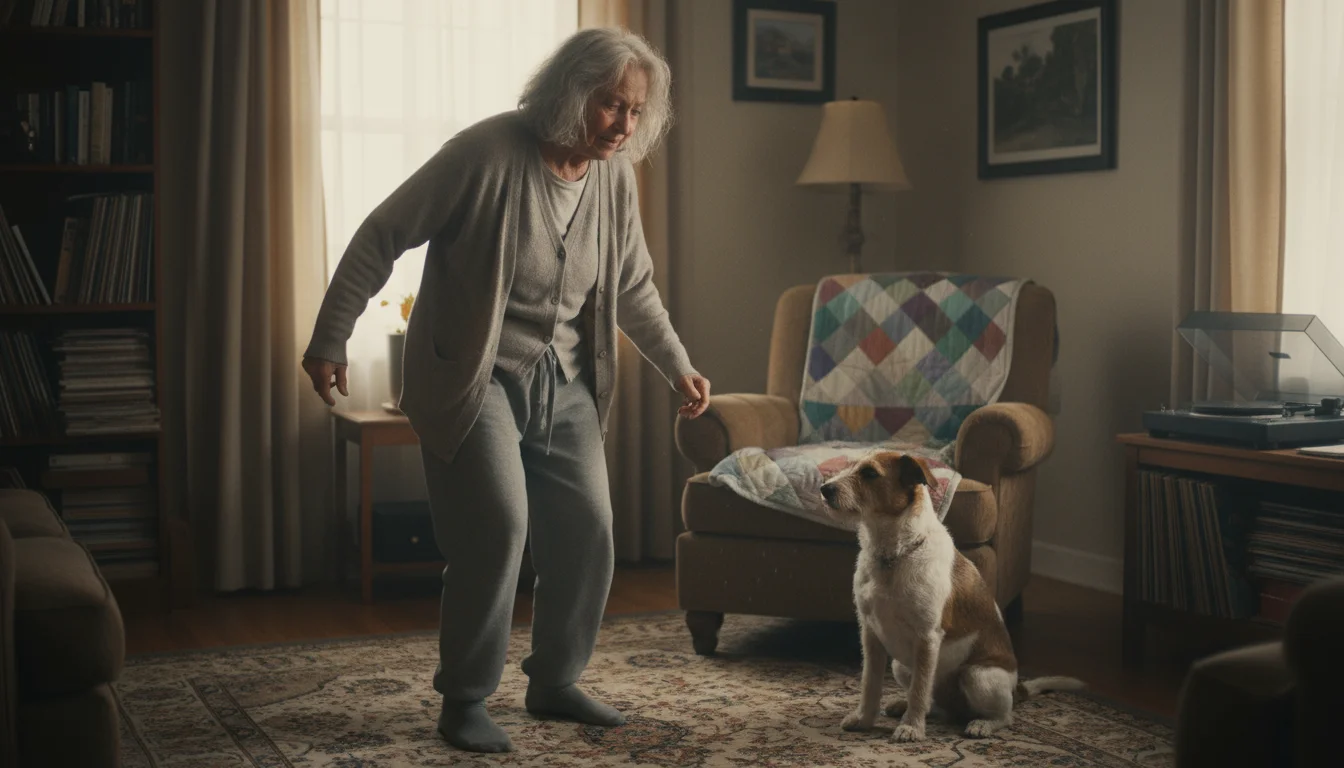
My First Awkward Steps Inside
I knew I had to do something, but I had no idea where to start. The gym was out of the question; it felt intimidating and I had no desire to drive in the snow. So, I started with the smallest, most ridiculous-seeming thing I could think of. During the next commercial break on television, instead of heading to the kitchen, I stood up and marched in place. It felt silly. My dog, Buster, looked at me as if I’d lost my mind. My knees protested, and I was surprisingly out of breath after just two minutes.
But I did it again during the next commercial break. And the next. It was a tiny rebellion against the armchair. A few days later, I called my granddaughter, Sarah. She’s a whiz with all that computer stuff. I told her what had happened and what I was trying to do. She didn’t laugh or dismiss it. Instead, she said, “That’s a great idea, Grandpa! Let’s find you some things you can do.”
She came over that weekend, and we sat together at the kitchen table. She opened her laptop and typed in a few phrases. I remember seeing `home workouts for elderly` and `indoor exercises seniors` pop up on the screen. It was like opening a door I never knew existed. There were pages and pages of articles, videos, and guides. We found gentle routines that could be done sitting in a chair. We found simple strength exercises that used your own body weight. There were no jumping jacks, no burpees—just simple, achievable movements designed for people like me.

Finding My Groove in the Living Room
We picked out a few basic exercises to start: chair squats (just standing up and sitting down, but with intention), wall push-ups, and arm circles. I cleared a small space in the living room, right by the window where the morning sun comes in. That became my “fitness corner.” I decided to create a routine. Every morning after my coffee, before I even turned on the television, I would put on an old Glenn Miller album and do my exercises. At first, it was just ten minutes.
It wasn’t easy. There were days my arthritis flared up and I could barely manage. There were days I felt tired and just wanted to skip it. But then I’d think of that feeling on the stairs. I’d think about what I was fighting for: my independence. So I’d modify. If my knees hurt, I’d do more of the seated exercises. If my shoulder was stiff, I’d do gentle stretches. The key was consistency, not intensity.
Slowly, miraculously, things began to change. After a couple of weeks, I noticed I could get out of my armchair without the usual groan. A month in, I carried a full laundry basket up from the basement without feeling winded. These were my small victories, and they were more motivating than any number on a scale. I started to explore other `senior indoor activities`. Sarah showed me how to find gentle yoga and tai chi videos for beginners on YouTube. I discovered that I loved the slow, deliberate movements of tai chi. It was good for my body and, surprisingly, for my mind. It felt less like a workout and more like a moving meditation.
My ten-minute routine stretched to fifteen, then twenty, and on some days, even thirty minutes. My `cold-weather fitness` plan was no longer a chore; it was a non-negotiable part of my day. It was my way of taking back control from the weather.
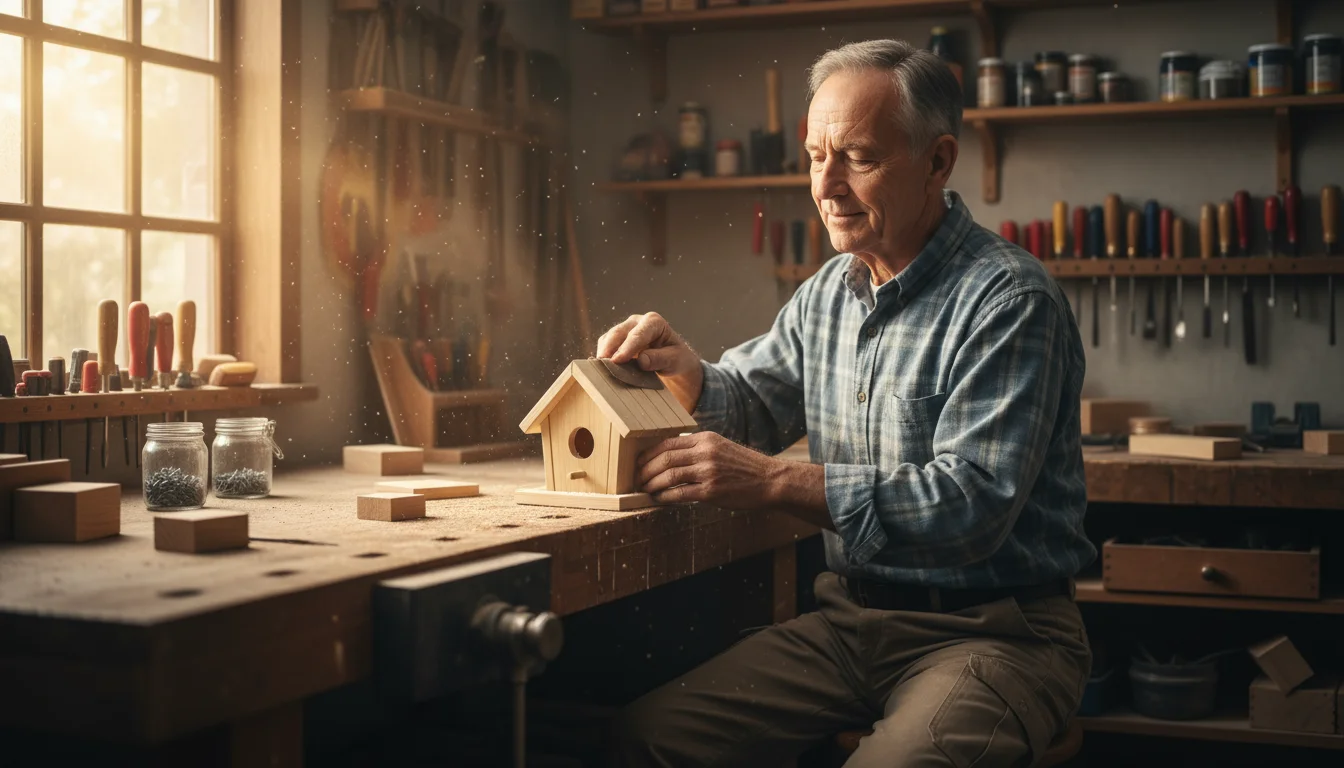
The Unexpected Gifts of Indoor Fitness
When spring finally arrived that year, I was a different man. I stepped outside not as a weary survivor of a long siege, but as someone who had been actively training. My balance was better, my steps more confident. My garden had never been tended with so much vigor. But the biggest change wasn’t just physical.
My mood had lifted. The gray cloud of winter melancholy was gone, replaced by a sense of accomplishment and resilience. I had more energy, I slept better, and I felt more engaged with life. I even dusted off my old woodworking tools in the basement and started on a new project—a birdhouse for Sarah. The stairs were no longer an obstacle; they were just stairs.
Now, I don’t dread the winter. When that first cold snap hits, I just smile. I know I have my routine. My living room becomes my personal gym, my sanctuary of strength. I’ve learned that staying active as we age isn’t about defying the seasons; it’s about adapting to them. It’s not about big, heroic efforts, but about the quiet promise you make to yourself each morning to just move, even a little.
If you’re reading this from your own armchair, feeling trapped by the weather, please know that you are not alone. And know that you have the power to change your story. You don’t need fancy equipment or a gym membership. You just need a little bit of space, a willingness to try, and the belief that your well-being is worth fighting for. Start small. March in place during a commercial. Do five chair squats. It might feel silly at first, but that small step is the most important one you’ll ever take. It’s the step that leads you away from the cage and back to a life of strength, confidence, and independence, no matter what the thermometer says.
For expert guidance on senior health and finance, visit National Institutes of Health (NIH), Centers for Medicare & Medicaid Services (CMS), Social Security Administration (SSA) and Consumer Financial Protection Bureau (CFPB).
|
Fact-Checked Content
Our editorial team reviews all content for accuracy and updates it regularly. Learn about our editorial process →
|


